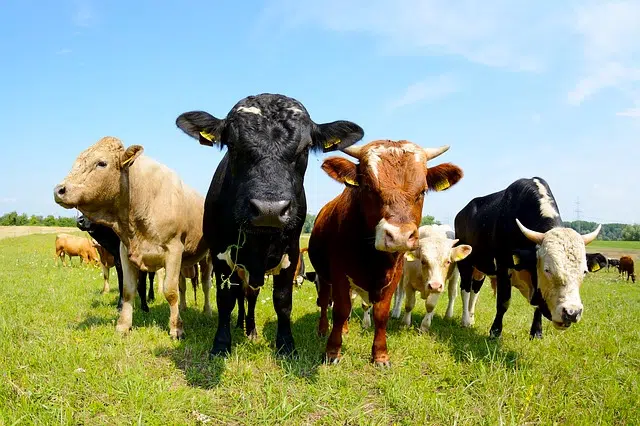
Livestock can be gathered in an ejido.
The ejido is the portion of land for public use that is not tilled and that allows threshing floors to be established or livestock to be gathered. The ejido can be owned by a municipality or a State .
The establishment of an ejido varies according to the country or geographic region. In Mexico , for example, the rural properties for collective use that still exist are known as ejido. In certain regions of Spain , the ejido is the set of eras that are located on communal land.
The ejido in the Mexican Constitution
In the legal sense, this type of land cannot be exploited by citizens since it is a communal asset . In fact, if they did so, the state could expropriate what they grew there and even, in some countries, fine anyone who dared to take over these lands.
They are usually known as ejidal lands and are areas of rural territory that are located on the borders between two or more private properties and that are usually used for grazing but are not cultivated.
If we refer to what is stated in the Mexican Constitution, more precisely to what is stated in the Agrarian Law, we can find three types of ejidal lands, these are:
* Parceled lands: pertenecen a un individuo y él tiene derecho a enajenarlas a otras personas, pero no así de venderlas. Su derecho reside en aprovechar el usufructo de dicho terreno.

An ejido can be parceled land.
* Common use lands: son aquellas que se encuentran entre los límites de otros terrenos. Se trata de zonas comunes que todos los vecinos pueden utilizar pero que no pertenecen a ninguno en particular.
* Land for human settlement: belong to the state y son repartidas entre las personas que menos tienen para que vivan en ellas, pero no pueden hacer uso de ellas como si fueran propias.
It is worth mentioning that when the Agrarian Revolution took place in Mexico, the State expropriated large fractions of territory from the Landowners in order to distribute them among those who lacked housing, the poorest people. These lands could be worked but not sold; although they could be inherited . Those who received these lands were known as ejidatarios .
proper name
In addition, there are many places scattered around the world whose names refer to this concept. Some of them are:
* A Spanish town in the province of Almería , located in Andalusia . It has more than 80,000 inhabitants spread over an area of 227 square kilometers, at an altitude of 80 meters above sea level.
This town is located between the mountain system of the Sierra de Gádor and the Mediterranean Sea. Its territory is mostly flat, with bushes, although some ravines and hills also appear. In the coastal strip of El Ejido, the humid areas stand out.
* A Venezuelan city in the State of Mérida and capital of the Campo Elías municipality. Its full name is San Buenaventura de Ejido , although it is generally called simply Ejido . Its population is around 120,000 inhabitants and it is located in the Venezuelan Andean mountain range, in the valley formed by the Montalbán and La Portuguesa rivers. Mountain relief is the most common in this region.
* A street in the center of Montevideo , the capital of the Eastern Republic of Uruguay . It receives this name because it is located where, in ancient times, the Montevideo ejido ended.
* An area of the city of Malaga, in Spain. Nearby are the most important universities in the city and there is a park that is a point where many young people gather to enjoy their free time.
